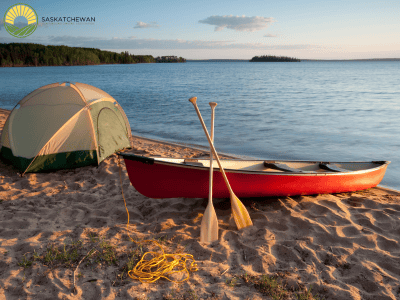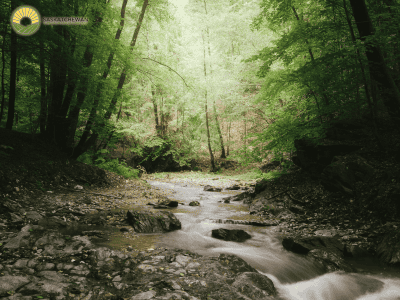
Mink Lake RV Park & Campground Offers Family-Friendly Outdoor Experiences in Alberta
Mink Lake RV Park & Campground, located in Parkland County, Alberta, continues to position itself as a family-friendly destination offering a blend of recreation, relaxation,






